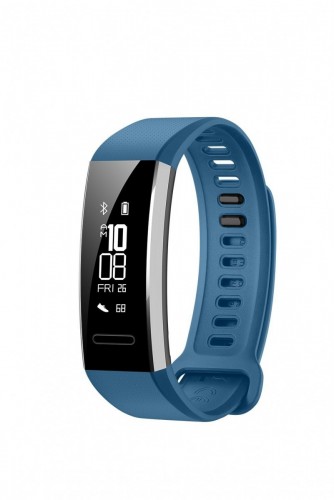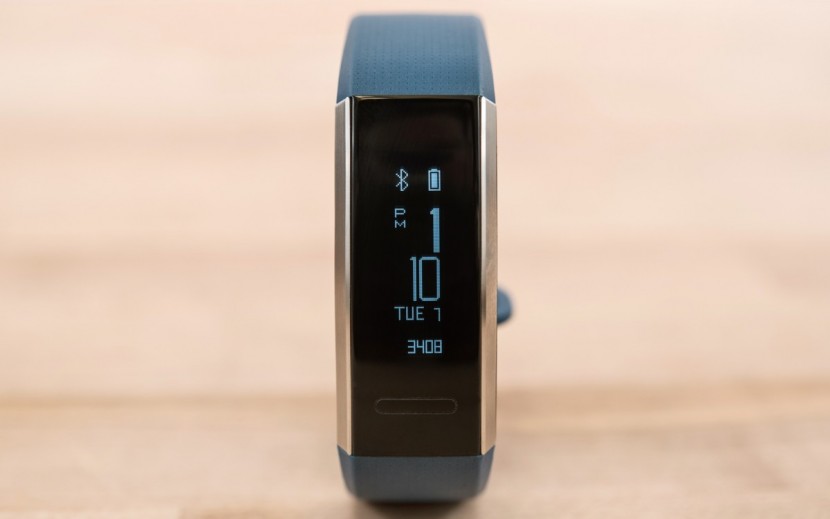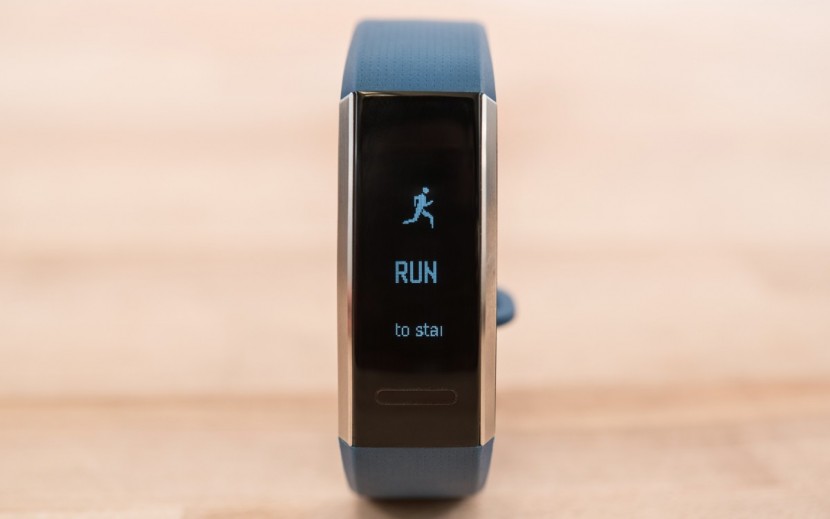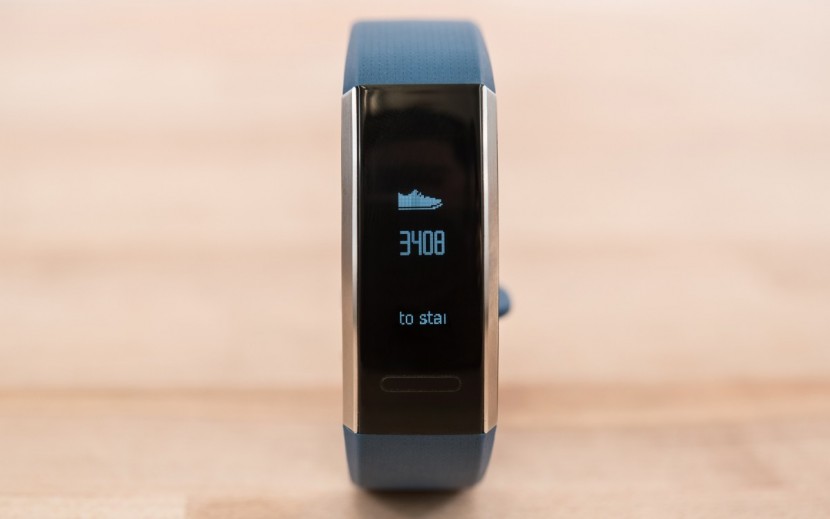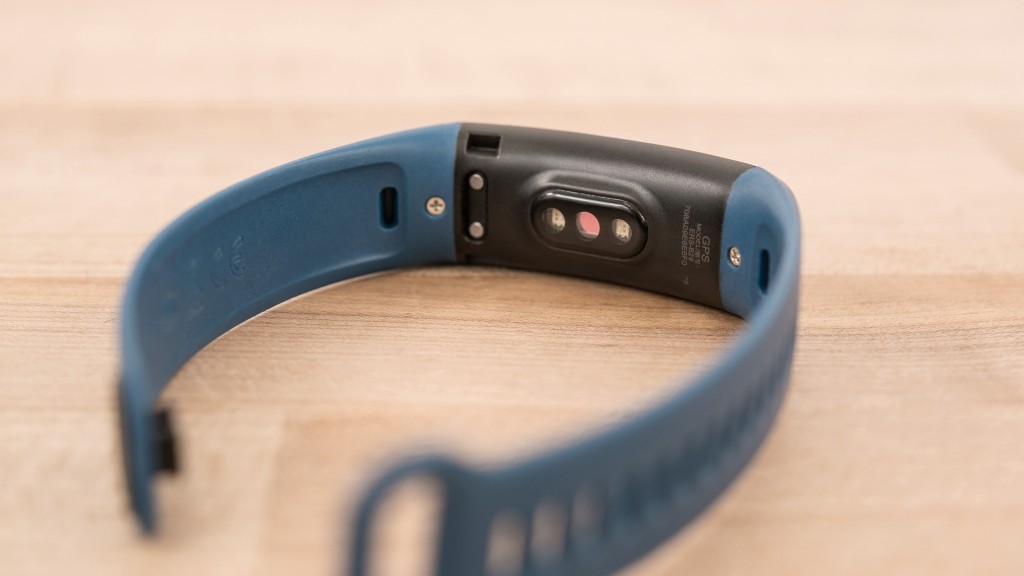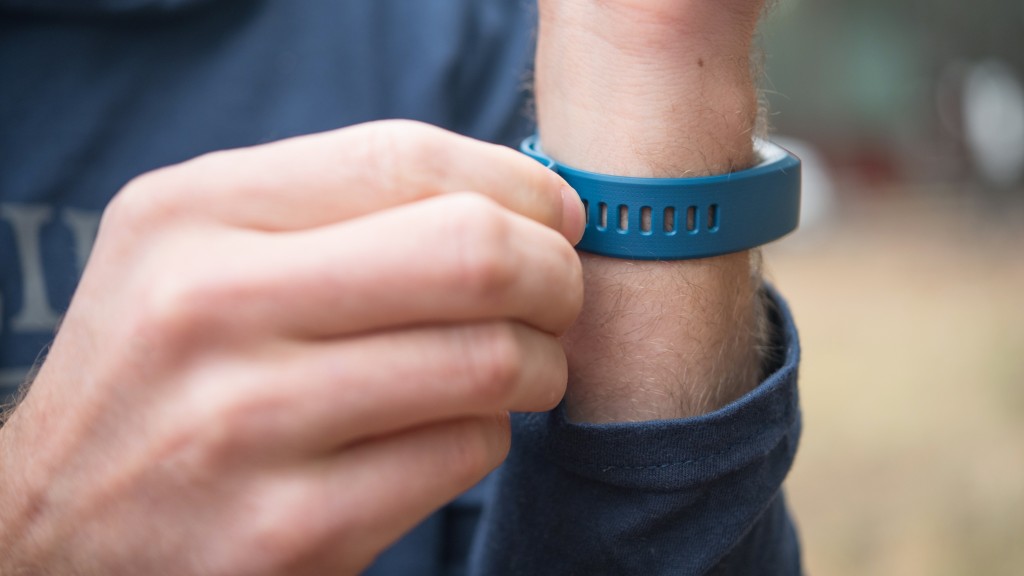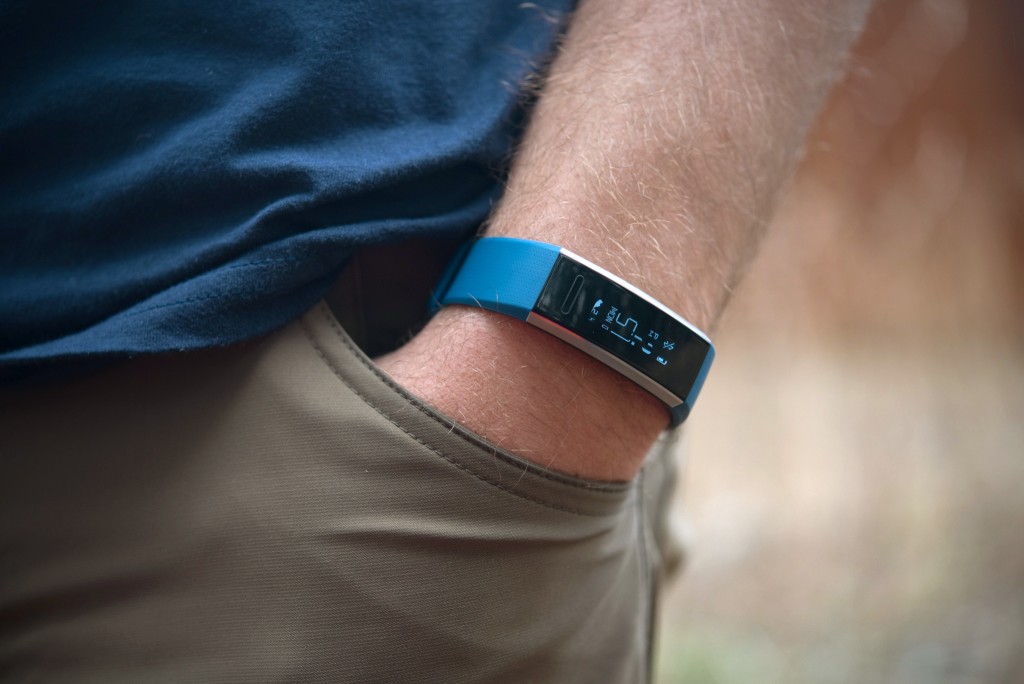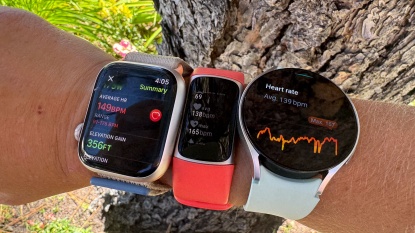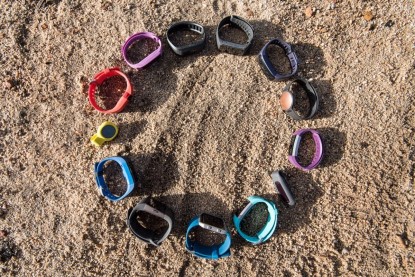Huawei Band 2 Pro Review
Our Verdict
Our Analysis and Test Results
The Huawei Band 2 Pro finished near the back of the pack, only outperforming the Jawbone UP Move and the Striiv Bio 2. The Huawei is exceeded in performance by the Polar A360, though the Huawei is substantially more ergonomic, but less functional than the Polar A360.
Fitness Impact
The Huawei Band 2 Pro gave a lackluster performance in our Fitness Impact metric, earning a 4 out of 10 for its subpar performance. We compared how well it tracked workouts, counted steps, and allowed you to compete with family and friends.
The Band 2 Pro is mediocre at accurately counting steps, deviating from the true count by about 3.5% — much more than the approximately 0.3% of the top models. This band did estimate distance, but it was off a decent amount, registering 0.89 miles of a 1-mile walk.
The Band 2 Pro continued its dismal performance in our cycling assessment, with the data presented by the Huawei differing greatly from our cycling computer, deviating in speed, distance, and route. This model also fared poorly at tracking other workouts, lacking profiles for different activities — limited to run, cycle, and swim — and taking a one size fits all approach to monitoring your exercises and workouts.
The Huawei doesn't really you give you too much in terms of the ability to compare with friends, only showing your previous stats and requiring you to use a third-party app to compete and compare with your friends.
Health Impact
Taking credit for the next largest portion of the score, our Health Impact metric is responsible for 25% of the total. The performance of the Huawei improved slightly, but was still lackluster overall, earning a 5 out of 10 for its performance. We compared the accuracy and effectiveness of the heart rate monitor and the sleep tracking capabilities of each wearable, as well as how easy it is to use each watch as an aid in dieting and becoming more active.
To test the heart rate sensor on the Huawei, we compared it to a chest strap heart rate monitor. Unfortunately, the Huawei was one of the worst that we looked at, varying greatly from the control sensor by an average of over 70 bpm.
This model does estimate your caloric burn when working out, but ignores your Resting Metabolic Rate (RMR). There also isn't any way to input food consumed without using a third-party app. The Huawei does alert you if you have been sedentary for too long, vibrating to tell you that it is time to get up and move around, just like the Fitbit Alta.
This model does have a vibration alarm clock and seems decently accurate at tracking sleep, but the abysmal heart rate monitor makes it difficult to recommend.
Ease of Use
Our next most important metric, Ease of Use, ranked and judged the battery life, water resistance, and the intuitiveness of navigating the menus of each device, as well as the quality of the companion mobile app and how quickly it syncs the data. The Huawei Band 2 Pro earned a 5 out of 10 for its mediocre performance.
The Huawei uses a proprietary charger, but has a decent battery life. It is claimed to last for up to 21 days when only using essential functions, but depleted much more rapidly when using more power intensive functions. However, it did last longer than the Garmin Vivoactive 3 or the Fitbit Charge 2.
The Huawei's performance degraded into our next two tests, failing to sync fitness data to its mobile app reliably and having an overall clunky and unintuitive app.
You use a combination of button and touchscreen to scroll through the menus, again similar to the Alta. The Band 2 Pro is reasonably easy to take on and off and is water resistant to 5 ATM.
Ergonomics
Judged on its profile design, aesthetics, and comfort, the Band 2 Pro earned a 7 out of 10 in our Ergonomics metric, which made up 15% of the final score.
The Huawei is quite comfortable to wear. It's small enough to not be too noticeable or get caught on too many things with its low profile design. It also does alright in the aesthetics department, having a sleek design overall that is too minimalistic to make much of a statement.
Display
For the remaining 10% of our score, we looked at the screen on each wearable and scored its quality. The Huawei finished out the testing process with an unremarkable score, earning a 5 out of 10.
It isn't the easiest to read the Huawei's screen in bright, but it is plenty easy to read in dimmer conditions. The screen also isn't the most responsive, sometimes taking a few taps before it actually registered.
It can receive push notifications from your phone and further displays show the steps, distance, calories burned, and active minutes you have done over the course of the day.
Value
The Huawei comes at a very low price, but has some serious deficiencies in performance. It's a decent value for less than a hundred bucks, but definitely leaves much to be desired.
Conclusion
The Huawei impressed us with its low price point and promising set of features, but that is about it. The heart rate monitor was laughably inaccurate in our tests, the fitness metrics collected varied greatly from our cycling computer, and all in all it falls a bit short.


